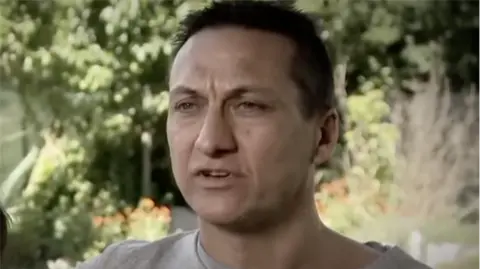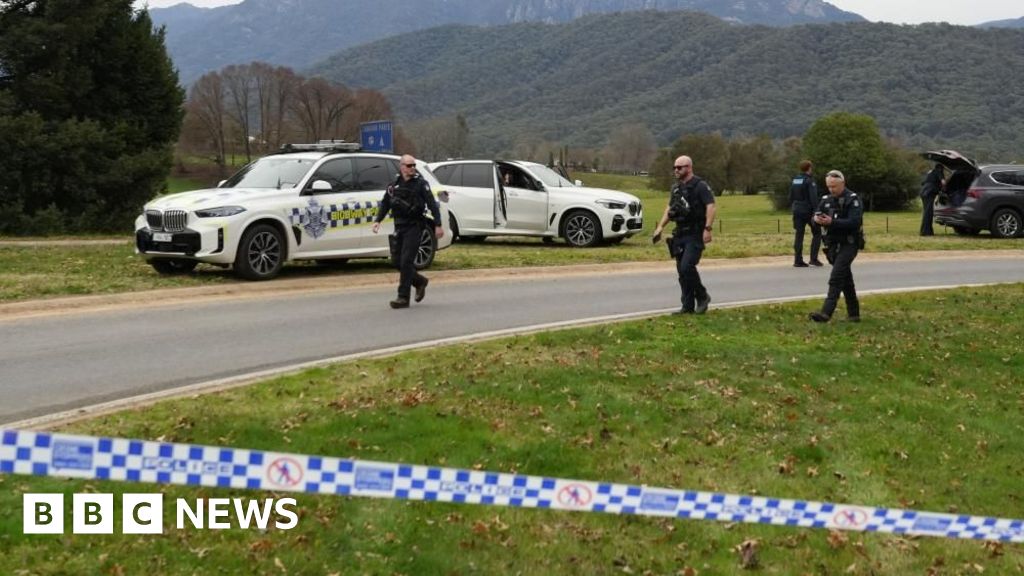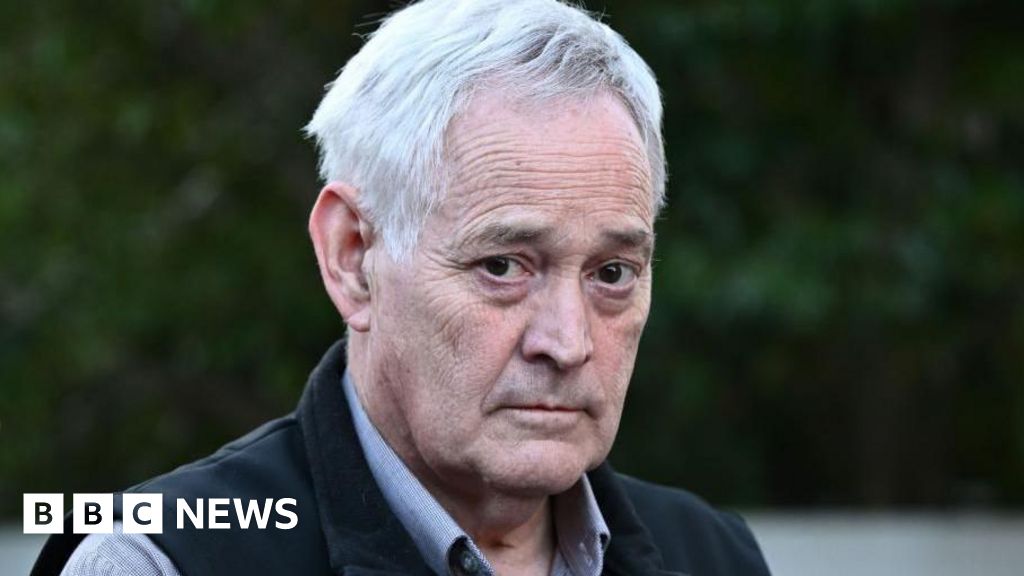In the quaint town of Morwell, Australia, the trial of Erin Patterson has morphed into a true crime spectacle, drawing in spectators and media alike. Patterson, once regarded as an online sleuth with a deep interest in true crime, found herself in the dark glare of public scrutiny after three people died and another fell seriously ill from eating mushroom-laced beef Wellingtons she served at a family gathering two years prior.
The recent verdict, which found her guilty on all counts, has only heightened the public's fascination with the case. Over the course of an 11-week trial, journalists from around the globe flocked to the small courtroom, where seven documentary teams captured the proceedings. Fans of true crime created a literal camp outside the courthouse, with ardent observers braving the elements to secure their seats.
Attendees like Tammy Egglestone commuted long distances to witness the trial, demonstrating the widespread interest in Patterson, who previously thrived in true crime forums discussing notorious cases, including that of Keli Lane. The nature of the trial itself has ignited an "obsession" among a populace eager for details and drama, leading many to theorize about Patterson's motivations and behavior during the trial.
Memes and social media commentary exploded during the trial, as the public provided schoolyard-style analysis of evidence and Patterson’s demeanor. While many were quick to proclaim her guilt, some raised concerns about the trial’s impact on public perception and justice. Criminal psychologist Tim Watson-Munro highlighted how the incessant speculation has filled a void left by the Australian legal system which limits juror interviews after trials.
Yet amidst the drama lies a darker aspect; Patterson’s case reflects societal attitudes towards women who commit violence, suggesting a complex interplay between gender norms and public interest. As criminology experts like Dr. Brandy Cochrane point out, women who kill defy stereotypical nurturing roles, prompting society to grapple with their actions in ways that provoke strong emotional responses.
Furthermore, the relentless media attention casts a shadow on the families of the victims. Local councillor Nathan Hersey emphasized that beneath the sensationalism lies genuine grief for the deceased, as the cases of Don and Gail Patterson and Heather Wilkinson are often overshadowed by the trial's hype.
As books, podcasts, documentaries, and even dramatizations emerge in wake of this high-profile case, the limelight continues to illuminate the bizarre intersection of true crime fascination and real-world tragedy. The Erin Patterson case encapsulates a gripping confluence of victimhood and villainy, raising crucial questions about morality and memory in our culture's modern-day spectacle of crime.






















